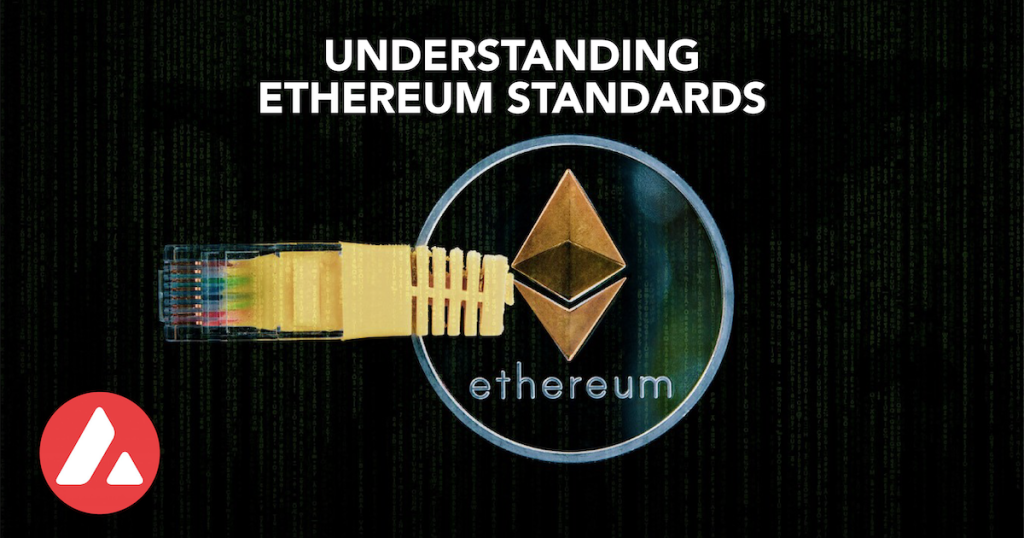ERC-20, ERC-721, even EIP-1559. These are terms thrown around almost everywhere in the cryptocurrency space, and yet, they are still not understood by the majority.
At Avalanche Summit, a talk was given on standards, and how developers are pushing the boundaries in this field.
What are Ethereum standards?
Standards are unification documents promoting the designing process, whose outcomes represent consensus, fairness, public accountability, and quality.
Simply put, they are systems developed by the community to improve network features.
The most known standard is probably the ERC-20 token, which 70% of cryptocurrencies on Ethereum use. This innovation led to the ICO craze and remains the default for fungible tokens.
Standards and NFTs
Non-Fungible Tokens (NFTs), which use ERC-721, allow for the collection of unique items. Unlike their ERC-20 counterparts, each NFT is unique and has its own metadata.
However, the Ethereum Network has progressed impressively since ERC-721’s development in late 2017. Many areas where these standard lack have since come to light.

For example, each ERC-721 token requires a new smart contract, akin to building a computer to install a single game.
Metadata is also stored off-chain, and audio NFTs require specific platforms to view. Going cross-chain with your NFTs is also almost impossible so far.
Moreover, selling your NFTs requires platforms such as Opensea or Rarible for escrowing, detrimental to artists’ rights.
Innovations in standards
Firstly, ERC-1155 (Multi-Token Standard), developed by the team behind Enjin, finds a middle ground between ERC-20 and ERC-721.
It allows for the storage of multiple NFTs on a single smart contract, atomic swaps, and Semi-Fungible tokens. These could help boost cross-platform interoperability and NFT use cases while reducing transaction costs.
Second, permits are an interesting method to protect an artists’ rights and reduce dependency on marketplaces. Users will mint NFTs through the permit, after which its creator will sign a transaction that transfers the NFT to the minter’s wallet.
ok but enough funposting
— mewny (@mewn21) May 4, 2021
im still quite bullish on the NFT space. i do have a serious question tho.
are the creators retaining copyright in all their drops? imagine u buy an nft for >100k but the owner still has all the copyright over it
that would be really bad right?
Licensing is also an aspect that confuses many in the NFT space. RFC 005 on Cosmos and ERC-1155 could both potentially solve this by imbuing the NFT itself with the specific rights holders would have. Information on whether they can use it for their art, display it as their profile picture, or even merchandise it would all be easily accessible within the NFT.
Lastly, CIP-94, developed by Ceramics, builds Decentralized Identity open-source solutions, usable across different networks. This allows for decentralized creating, hosting, and sharing of data cross-chain.
Closing Thoughts
While we are comfortable with the standards we have today, there will always be room for improvement. In fact, it is still nearly impossible to even have a video NFT, even with how far we have come in Web3. Optimizing them further is one way we can push interoperability and network user experience forward.
With that said, it is extremely hard to develop new standards for mass adoption, and is one of the reasons ERC-20 and ERC-721 are still so popular.
Featured Image Credit: DataDrivenInvestor
Also Read: Avalanche Summit: Trends In Crypto Investing And What It Takes For The Next Bull Run To Happen



































